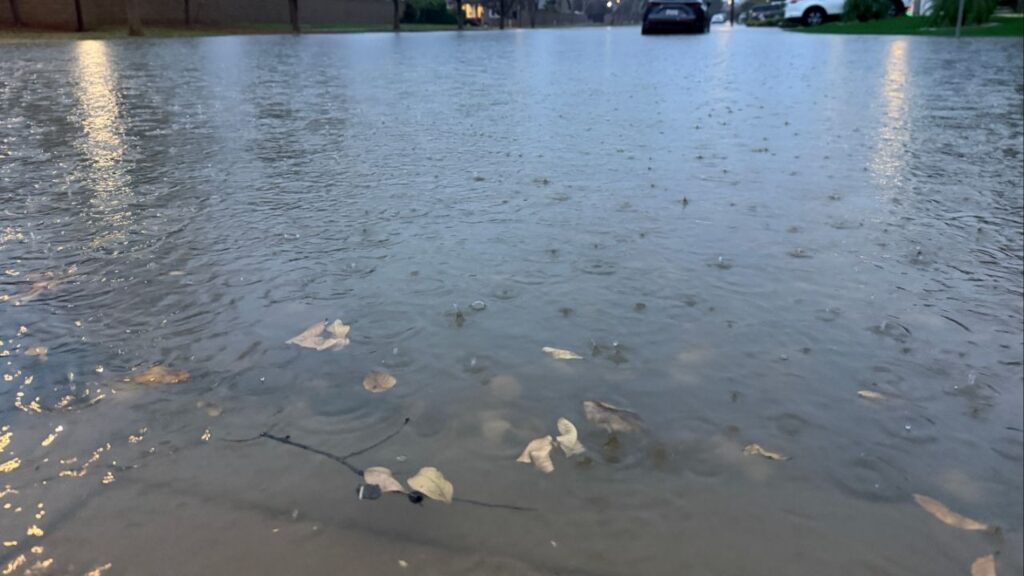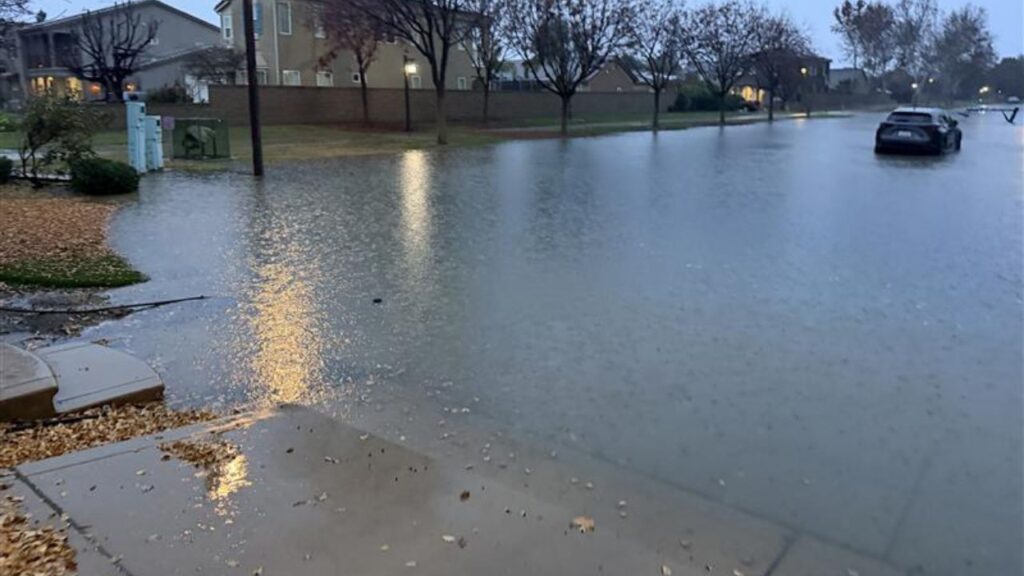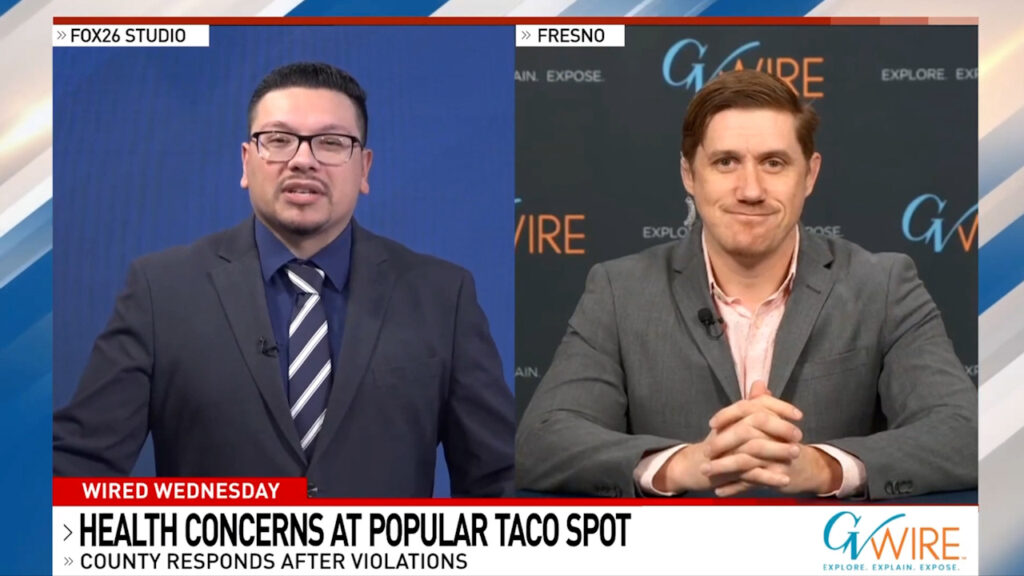Immigrant aid groups are doing heroic work, but they’re being squeezed by an expanding need for services because of Trump's ICE blitz. (Poan Pan/Illustration/The New York Times)

- Immigrant Defenders, based in Southern California, steps in to help people who might otherwise disappear into ICE's dragnet.
- Immigrant Defenders operates one of the country’s largest legal programs for deported veterans.
- California's National Day Laborer Organizing Network is on the front lines of helping immigrants avoid ICE raids at Home Depots.
Share
|
Getting your Trinity Audio player ready...
|
For my giving column this year, I chose two groups that inspired me with their resistance to Donald Trump’s attacks on immigrants lacking permanent legal status. Both are doing heroic work, but they’re squeezed between an expanding need for their services and a political climate that threatens their resources.

Michelle Goldberg
The New York Times
Opinion
I first encountered Lindsay Toczylowski, president and CEO of the Immigrant Defenders Law Center, in April, when I was writing about her client Andry Hernández Romero. A gay makeup artist from Venezuela, he was sent by the administration to rot in a hellish mega-prison in El Salvador, all because someone identified his tattoos, tributes to his parents, as gang-related. After his release as part of a prisoner swap in July, he described some of the horrific abuse Trump’s rendition policy enabled, including sexual assault by guards.
Unlike criminal defendants, most immigrants held in Immigration and Customs Enforcement detention centers aren’t entitled to legal counsel. Immigrant Defenders, based in Southern California, steps in to help people who might otherwise disappear into the system. It operates a legal assistance hotline for those caught up in ICE’s dragnet, as well as one of the country’s largest legal programs for deported veterans. Toczylowski said the group had brought back dozens over the last four years.
Trump Tries to Defund Detainees Aid Group
Many of Immigrant Defenders’ clients are children who crossed the border without their parents and who, by law, are supposed to be given legal services. This year, Trump tried to cut off government funding for their legal representation, forcing Immigrant Defenders to lay off attorneys. A court ordered the money restored, but Toczylowski said there’s “grave uncertainty” about the future.
Toczylowski had expected the second Trump term to be tough on her staff and her clients, but it’s been even worse than she feared. Most of the people Immigrant Defenders serves have no criminal convictions. Many have been in the country decades and have children and even grandchildren who are citizens. “The types of cases that we’re working on are just a whole new level of heartbreaking,” she said.
This summer, I went to Los Angeles to write about residents organizing to protect themselves from ICE. People had set up local patrols, honking horns or blowing whistles to warn their neighbors when immigration agents were nearby. They’d monitored the Home Depots where migrant day laborers gather so that if workers were arrested, someone would be there to document it and alert their family members.
Central to much of this activism was the National Day Laborer Organizing Network, an organization founded in 2001 to assist the frequently exploited workers who power California’s construction, moving and landscaping industries who are often in the country illegally. Before this year, it focused on helping these workers find jobs, recover unpaid wages and protect themselves in hazardous worksites. Then Trump returned to power, and Pablo Alvarado, the network’s co-founder, realized it would need to build a movement to defend its people from the government. “We are an organization that is nimble,” he said. “We adapt to new circumstances.”
Training Volunteers to Issue ICE Alerts
Soon the network was on the cutting edge of the resistance to Trump. This year, it trained 5,500 volunteers to keep tabs on ICE and the people it’s targeting. Next year, it hopes to double that. Churches are reaching out to the organization, as well as groups like Indivisible and the 50501 movement, as their members search for ways to stand up to the administration that go beyond street protest.
Despite this influx of energy, Alvarado said that foundation money is drying up; some philanthropists seem wary of crossing Trump. His hope lies in individual people eager to fight authoritarianism, who see ICE’s expanding power as the tip of the spear. “This is the moment when we need to build solidarity, love and power from the bottom up,” he said. I can’t think of a better holiday wish.
Editor’s Note: This article is part of Times Opinion’s Giving Guide 2025. The author has no direct connection to the organizations mentioned. If you are interested in any organization mentioned in the guide, please go directly to its website. Neither the authors nor the Times will be able to address queries about the groups or facilitate donations.
This article originally appeared in The New York Times.
By Michelle Goldberg/Poan Pan
c.2025 The New York Times Company
RELATED TOPICS:
Categories

Fresno Man Dies After Being Shot by Neighbor, Police Allege

Fresno Underpass Closed Due to Flooding
















